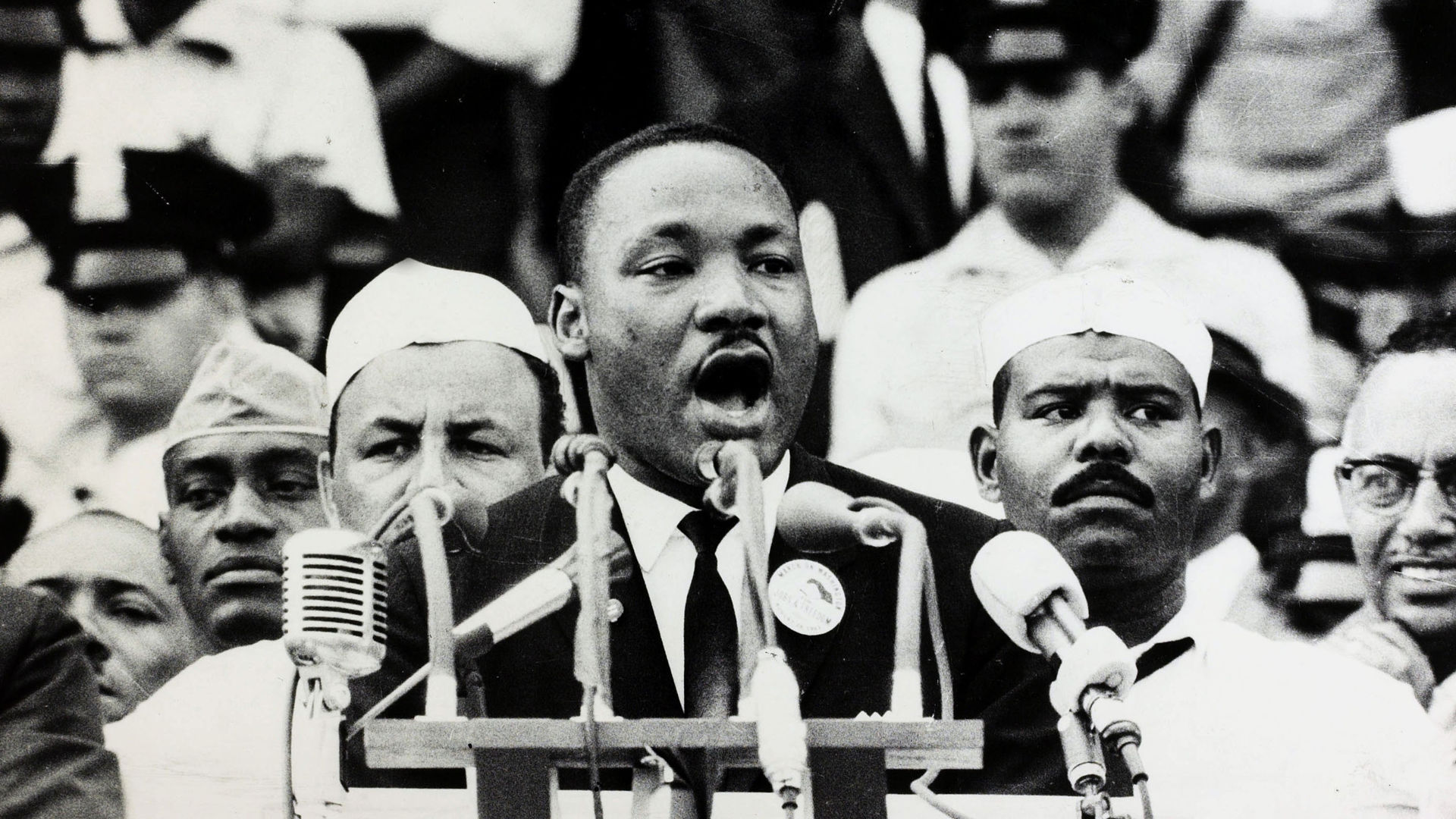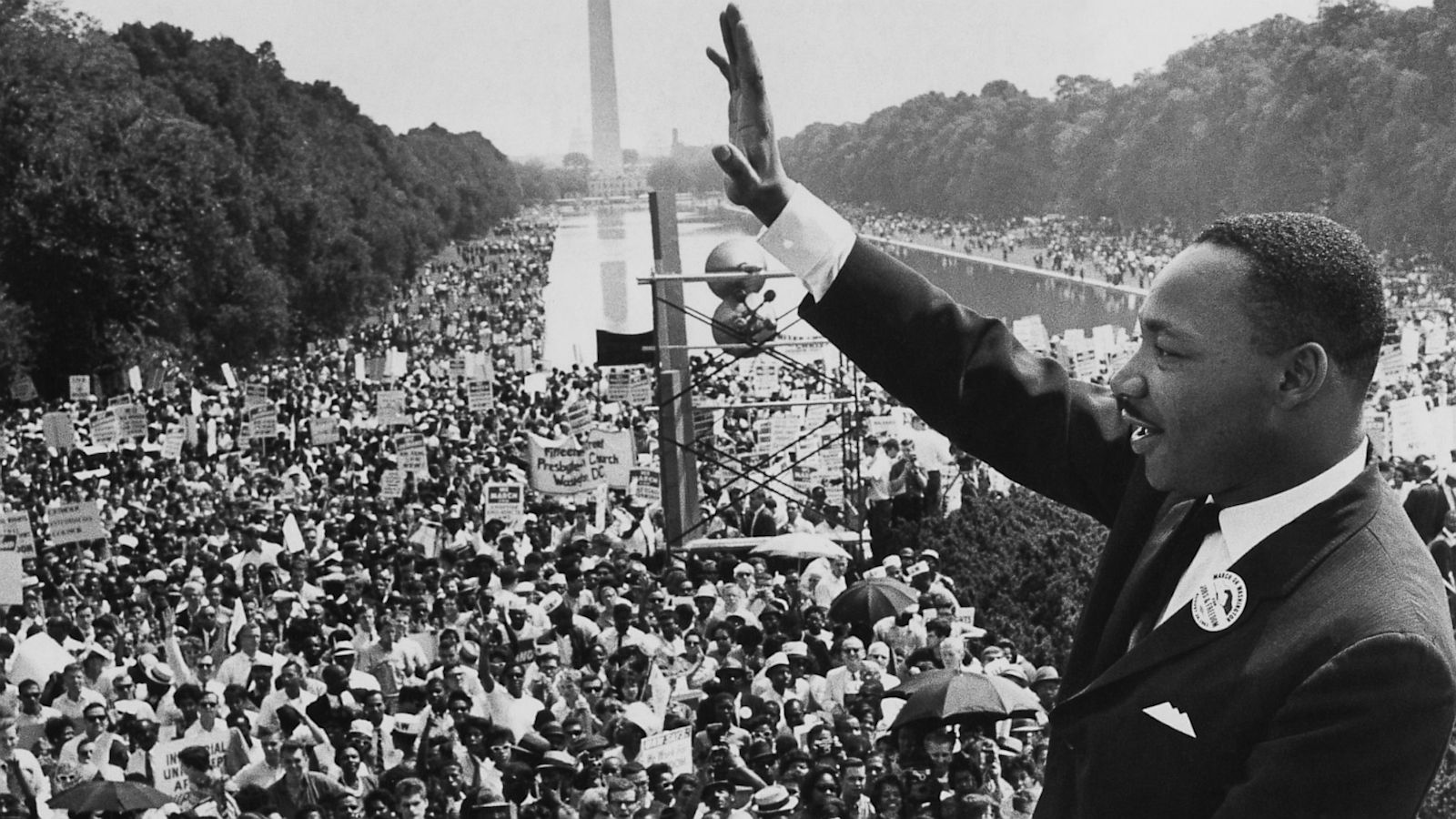

Martin Luther King Jr., as head of the Southern Christian Leadership Conference, joined a group of Mississippi pickets here on Apin front of the White House. Ralph Abernathy, who succeeded the slain Dr.

The pickets were protesting any slash in funds needed for the Head Start Program. Martin Luther King Jr., as head of the Southern Christian Leadership Conference, joined a group of Mississippi pickets here on April 25, 1968, in front of the White House. Large crowds gather at the Washington Monument to demonstrate for the civil rights movement in Washington, D.C., on August 28, 1963. The march was organized to support proposed civil rights legislation and end segregation.Ĭrowds shown in front of the reflecting pool at the mall during the March on Washington for civil rights, August 28, 1963. waves to the crowd at the Lincoln Memorial for his "I Have a Dream" speech during the March on Washington. Martin Luther King Jr., head of the Southern Christian Leadership Conference, speaks to thousands during his "I Have a Dream" speech in front of the Lincoln Memorial for the March on Washington for Jobs and Freedom, in Washington. Walking with the Wind: A Memoir of the Movement. Freedom's Children : Young Civil Rights Activists Tell Their Own Stories. “Freedom Budget: The Promise of the Civil Rights Movement for Economic Justice.” WorkingUSA: The Journal of Labor & Society 16 (2013), 43-58. Galena: Institute for Human Rights and Responsibilities. The Nonviolence Briefing Booklet: A 2-Day Orientation to Kingian Nonviolence Conflict Reconciliation. Jackson : University Press of Mississippi, 2011. This Light of Ours: Activist Photographers of the Civil Rights Movement. Fear Itself: The New Deal and the Origins of Our Time. The Civil Rights Movement: A Photographic History, 1954-68. “The Unknown Origins of the March on Washington: Civil Rights Politics and the Black Working Class.” Labor: Studies in Working-Class History of the Americas 7.3 (2010). and Labor and Working-Class History Association. The March on Washington: Jobs, Freedom and the Forgotten History of Civil Rights. Behind the Dream: The Making of the Speech that Transformed a Nation.


King: The Photobiography of Martin Luther King, Jr. The Dream: Martin Luther King, Jr., and the Speech that Inspired a Nation. This Is the Day: The March on Washington. New York: Intellectual Properties Management Warner Books, 1998. The Autobiography of Martin Luther King, Jr. Parting the Waters: America in the King years, 1954-63. Thanks to Headlands Center for the Arts for the time and space to finish the project.īaldwin, James. Thanks to Beacon Press for editing support. Thanks to Lucas Guilkey for his work on the videos, Ming-kuo Hung for editing support, and Naomi Wilson for her comments on content. Thank you to David Stein for his invaluable contributions and conversations about this history. They include: Bob Adelman, Eve Arnold, George Ballis, Martha Cooper, Benedict Fernandez, Bob Fitch, Declan Haun, Matt Herron, John Loengard, Danny Lyon, Spider Martin, Charles Moore/Black Star, Herbert Randall, Steve Schapiro, Flip Schulke, Maria Varela, and Tamio Wakayama. We have made our best efforts to credit these photographers. Thank you to the many photographers whose work has inspired much of this project and allowed these important histories to continue. King’s papers allow us to make this history available to teachers and students. Her dedication and tireless efforts in editing Dr. Jones, Kim Nalley, Wazir Peacock, and Marcus Shelby. Thank you to the interviewees: Aldo Billingslea, Clayborne Carson, Dorothy Cotton, Miriam Glickman, Kazu Haga, Bruce Hartford, Ericka Huggins, Clarence B. We extend our deep appreciation to the many people whose work and lives contributed to Freedom’s Ring. Research and Education Institute at Stanford University in collaboration with Beacon Press’s King Legacy Series. Content, Curriculum Design and Project Coordinator: Andrea McEvoy Speroįreedom’s Ring is a project of The Martin Luther King, Jr.


 0 kommentar(er)
0 kommentar(er)
